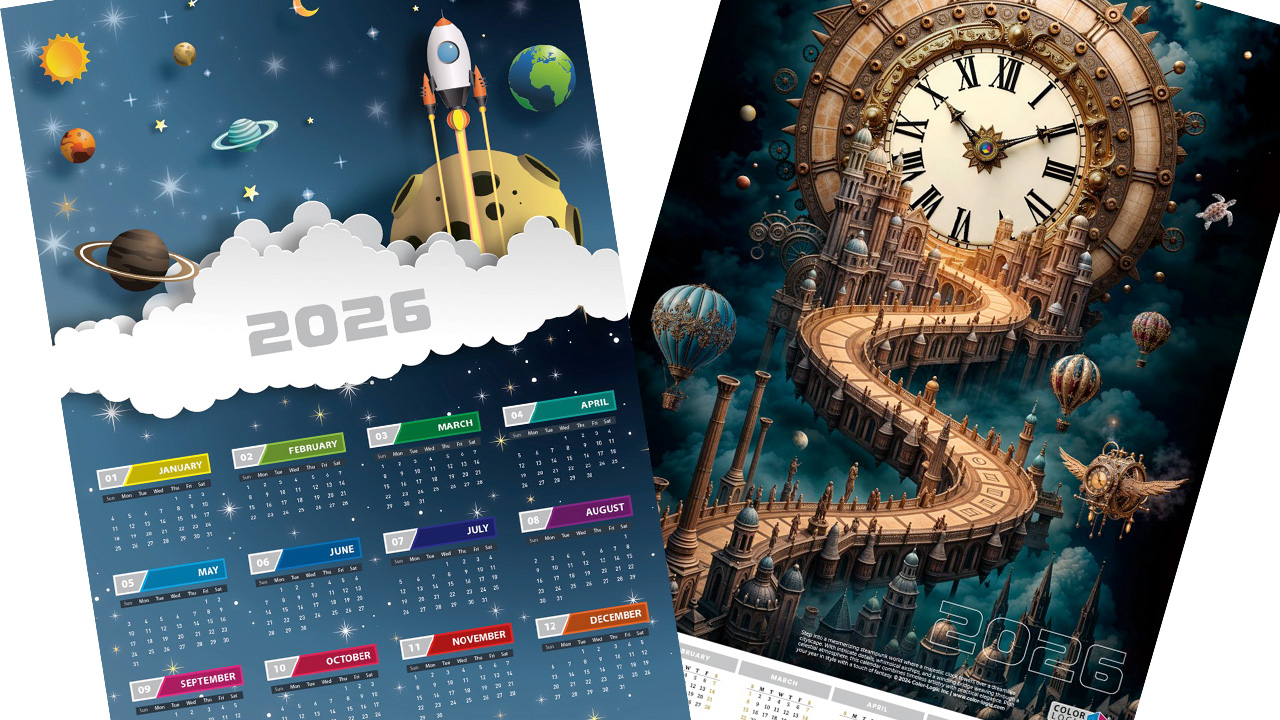The future of packaging

Leading ‘Futurists’ Jennifer Jarratt and John B. Mahaffie look at a future where digitization will open up major opportunities for label converters at the interface of brand and consumer
Scenario A: Anti-packaging riots - Thousands of angry consumers storm big box stores in
Scenario B: Twitter drives green action - Millions of ‘netizens’, stirred to action in Europe and the
Which scenario is more likely in the future? Neither, of course, except that consumers are increasingly uneasy about package safety and need for packaging. They have new tools in social networks to act on those fears. Packaging is a visible target for consumers and regulators concerned about sustainability, waste, safety, convenience and cost.
Meanwhile, packaging gains new capabilities. Digital technology brings efficiency, product adaptability, and economical short runs in printing and manufacturing. It is connecting design with consumer inputs and rapid prototyping. Soon package intelligence will be extended to the consumer’s hands. For example, smart pharmaceutical packages track when patients push their tablets through the foil backing.
Packaging will not go away, or be driven away. Modern lives would be difficult without packaging. It will be critical to make that case. The package can connect and coordinate activity from production information to inventory, through the logistical system to retail. It links consumers to information they need, and can identify the package’s recyclability. RF tags or barcodes can even signal which producer is responsible for reclaiming the package materials.
So what are the forces and factors likely to drive changes in packaging over the next few years? Here are a few:
Conflicting consumer attitudes and behavior – consumers are more frugal and there is more hostility to what people consider 'over'-packaging, but most would be unhappy without the convenience of packaged goods.
Sustainability – how low (carbon) can we go? Packaging has plucked the low-hanging fruit of the easiest lo-carbon adaptations. The next decade will demand bigger changes in processes and systems. Expect greatly reduced materials used in packaging, and goals of 80 or 90 percent recovery. Digitization and automation will enable comprehensive recovery and re-use of packaging materials. For example, robotic waste bins could sort recyclables from trash and harvest compostables automatically.
Regulation – could be provoked by consumer action, however safety and the push to limit carbon emissions and curb waste are the primary drivers. Regulation from the strictest jurisdictions will influence what happens around the world, and bears close monitoring.
Digitization – the digital revolution is overturning print media, hitting newspapers especially hard. With the burden of brand attraction and information moving more onto the package, converters may become a dominant producer of paper-based information. Eventually, consumers will get most product information online by scanning the package barcode or RF tag with their phone or tablet computer, and linking to online information.
Retail – digitization will shape retail as consumers use sophisticated online tools to buy. Shipping packaging becomes a norm. Digital technology, such as packaging that interacts with a cell phone, can also enhance brick and mortar retail by giving the shopper instant access to reviews and information, enabling instant offers and coupons, and perhaps telling the product’s story with images and sound.
The economy – the current focus on price and value can enable producers to pare away what matters less for consumers, and focus on what matters more. It looks like the new frugality—at least some of our new habits – could be here to stay.
These forces of change drive new challenges, but also new opportunities for packaging. We are at a moment of potential redefinition of the value of packaging, embrace of new technology, especially digital, and with an opportunity to redefine and reframe what packaging means for the consuming public.
Leading Futurists recently posted ten trends shaping the immediate future in packaging.
About the authors: Jennifer Jarratt and John B. Mahaffie, Leading Futurists, LLC, are offering a 2010 multi-sponsor program on the Future of Packaging, with partners PTIS Global. See: www.leadingfuturists.biz/future-packaging for more information.
This article was published in L&L issue 2, 2010
Stay up to date
Subscribe to the free Label News newsletter and receive the latest content every week. We'll never share your email address.

